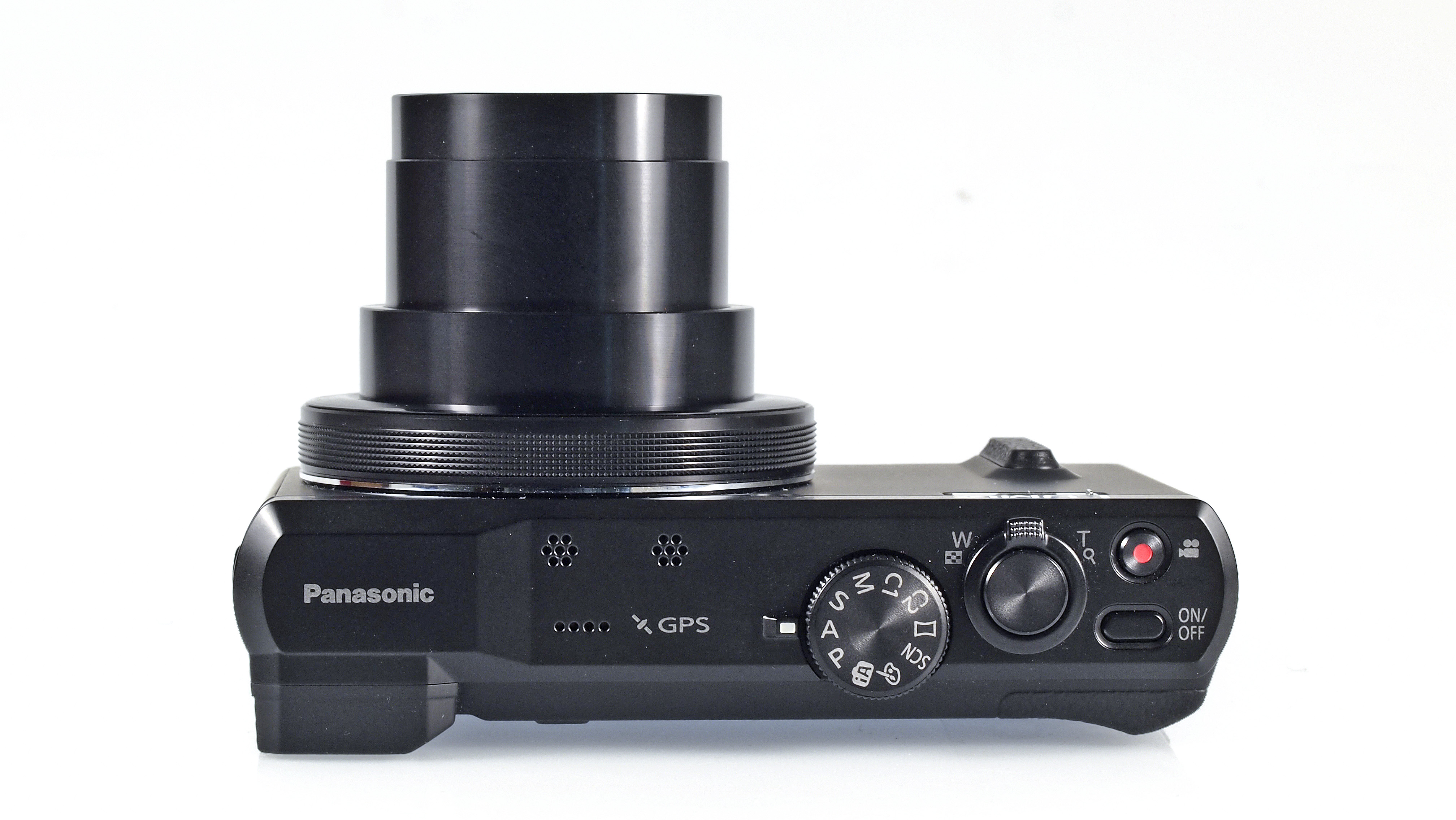Why you can trust TechRadar
One fear when using very long lenses is that it will be hard to hold the camera sufficiently steady. Thankfully, Panasonic's image stabilization system does a fantastic job and it makes a handheld shot at the 720mm equivalent length possible. What's more, it doesn't just enable you to capture any old image – the picture has good resolution with plenty of detail.

This system does exactly what Panasonic claims and images can be shot handheld at up to 3EV slower shutter speeds than normal, marking a 0.5EV improvement over the TZ40. Naturally, a steady hand is still required at the maximum focal length, but the ability to capture wildlife at a distance becomes a reality, especially with the extra support of a lightweight monopod.
Focal fear
Another fear for a lens with such a huge focal length range is that the quality and sharpness will dip across the frame. Our images show that while there is a drop in visual quality at the furthest reach of the telephoto optic, contrast and definition is still retained well. With the help of a little support from a tripod or wall, capturing a good usable image is definitely within grasp.
In fact, our tests show that the new 30x zoom lens of the TZ60 is capable of producing better results at 720mm than the TZ40 at its 480mm maximum focal length.

In addition, the TZ60's autofocus (AF) speeds are relatively fast across the focal range. At wider focal lengths AF is fast and accurate, and while you can miss a shot or two with fast-moving subjects, the system generally finds and locks onto its target quickly in normal daylight conditions.
Above the mid zoom point and further towards the maximum zoom length AF speeds are slower but still acceptable, and there's a good hit rate. In lower light or low contrast situations, the AF system can search and miss the subject completely in Intelligent Auto mode. Happily, selecting the right AF option for your situation helps, with options for Single Shot, Tracking and Area AF.
The camera's metering is more than capable of evaluating exposure differences in scenes when in semi-automatic modes. We found that just a touch of positive exposure compensation was required when shooting some landscape and urban scenes during this test. On the flip side, the TZ60 has a slight tendency to over-expose people, especially if a fill-in flash is used. Again, dialling in -0.3EV of compensation quickly corrected this in our tests.
Sign up for breaking news, reviews, opinion, top tech deals, and more.

The colour and tone of images are generally good, with only a slight tendency to over-saturate. Overall the TZ60 produces punchy and attractive pictures with good contrast. However, when photographing people this over-saturation can be a little problematic, but not insurmountable.
Noise is handled well by the TZ60 across its sensitivity range. In our lab tests, noise proved well-controlled from ISO 100 right through to low light sensitivity settings such as ISO 6400. Using the camera's Auto ISO setting between ISO 100 and 800 proved successful in real world shooting, with the camera perfectly balancing shutter and sensitivity values when shooting in aperture priority mode.
As you reach ISO 6400, signs of colour noise are just about apparent and in JPEG images there's a definite sign of smoothing to help combat the signs of noise, although its not excessive. Shooting raw files allows you to adjust noise reduction to suit the subject and to get more detail if it's required.
Current page: Performance
Prev Page Build quality and handling Next Page Image quality and resolutionAli Jennings is the imaging lab manager for Future Publishing's Photography portfolio. Using Imatest Master and DxO Analyser he produces the image quality tests for all new cameras and lenses review in TechRadar's cameras channel. Ali has been shooting digital since the early nineties and joined Future's Photography portfolio back in 2003.
